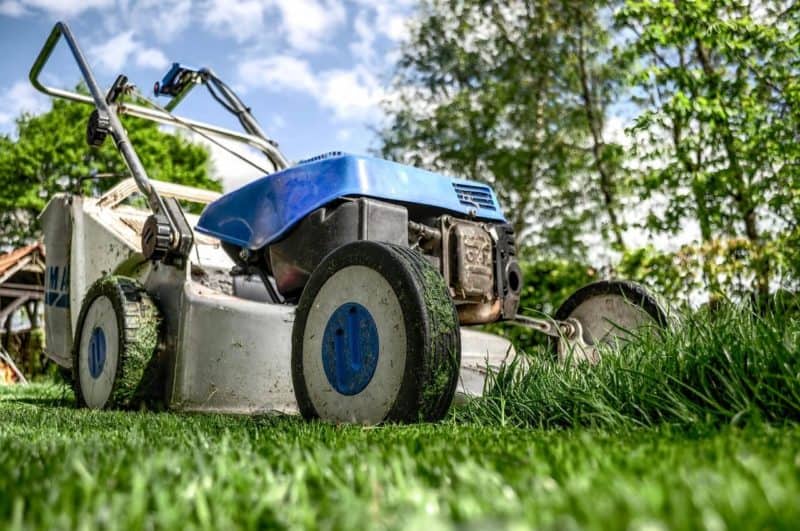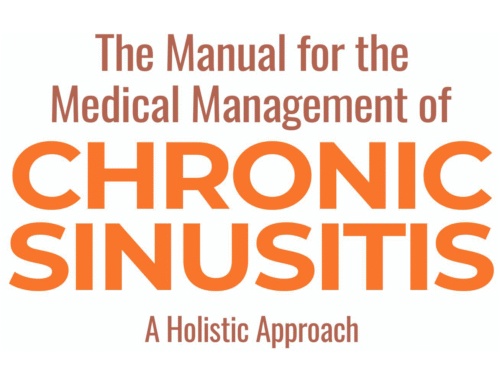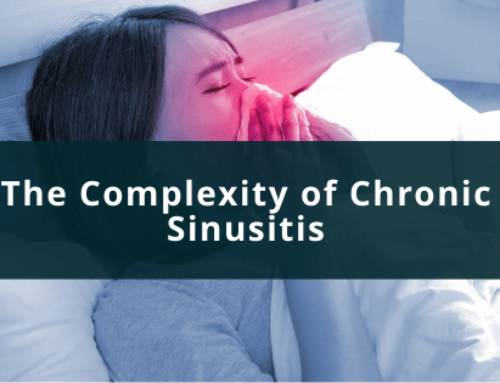Phoma Macrostroma – A Case of Unintended Consequences
Several weeks ago, I had several patients – five in total, four of them established patients, but one new one, all who presented with worsening of their sinus symptoms. All of the patients received empiric steroids and oral antibiotics and DNA sequencing was also performed. In all five cases, the same fungus was identified, Phoma macrostroma, and for many, myself included, it sounded like a new Italian pasta recipe. The reality is that Phoma macrostroma is a bio-herbicide used for weed control.
Unfortunately, Phoma macrostroma has also been implicated in causing respiratory problems in patients that are sensitive to the fungus. Signs and symptoms include asthma, either new or worsening of current symptoms, chronic sinusitis, swollen eyes, nasal congestion and sore throat. The literature is sparse, to say the least, and it is my belief that respiratory/sinus illnesses due to Phoma macrostroma and other species of Phoma are under-diagnosed because of difficulties isolating and growing the organism in a routine culture.
As a side note, let me take a minute to expand on how difficult it has been in the past to isolate and identify mold by conventional methods. An otolaryngologist colleague of mine was involved in a case where the patient had a retained foreign body in the left maxillary sinus from a previous surgery. According to my colleague, mold covered the foreign body and surrounding mucosa. The pathology report came back identifying the specimen as having hyphal fragments which is indicative of fungal growth. Six weeks later, the final analysis of the specimen culture came back as ‘no growth.’ This is not to say that it is impossible to grow fungi in the laboratory, but it usually involves a specialized lab which is usually not available through most commercial labs. Again it is my belief that DNA sequencing will help identify more of these individual ‘nasties’ so that they can be treated more appropriately.
Treatment for symptoms of Phoma macrostroma infestation is usually supportive. Patients respond well to antihistamines, steroids and bronchodilators. Treatment should be tailored to the patient’s symptoms.
It is also recommended that there should be avoidance of contact with the offending agent, which may be harder than expected, considering it is a bio-herbicide that is being sprayed on lawns for weed control. Once sprayed, spores become aerosolized and then affect persons that are sensitive or have underlying allergic fungal sinusitis (AFS). Since avoidance may be impossible for most patients, I believe that topical applications may be of great benefit. This can be done through a nebulizer containing antifungals and steroids. In addition, a topical antibiotic would be helpful because of the ability for AFS to cause secondary bacterial infections.
The unintended consequence of using Phoma macrostroma as a bio-herbicide is that it may cause respiratory symptoms for those that are sensitive. With improved science and understanding of this unique disease process, hopefully those that wish not to use chemical herbicides to have healthy, beautiful lawns and those who react to the bio-herbicide can exist in harmony.







